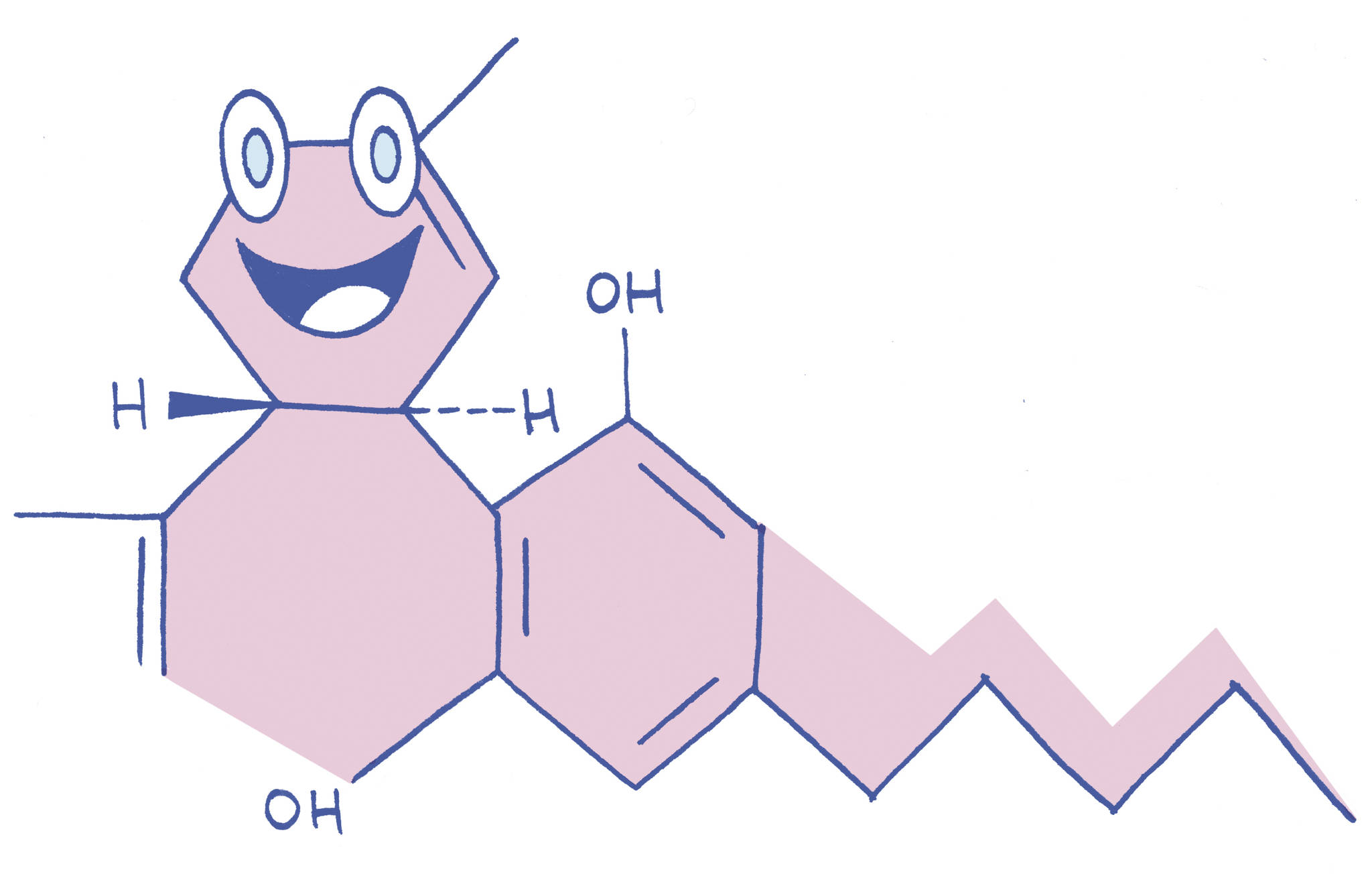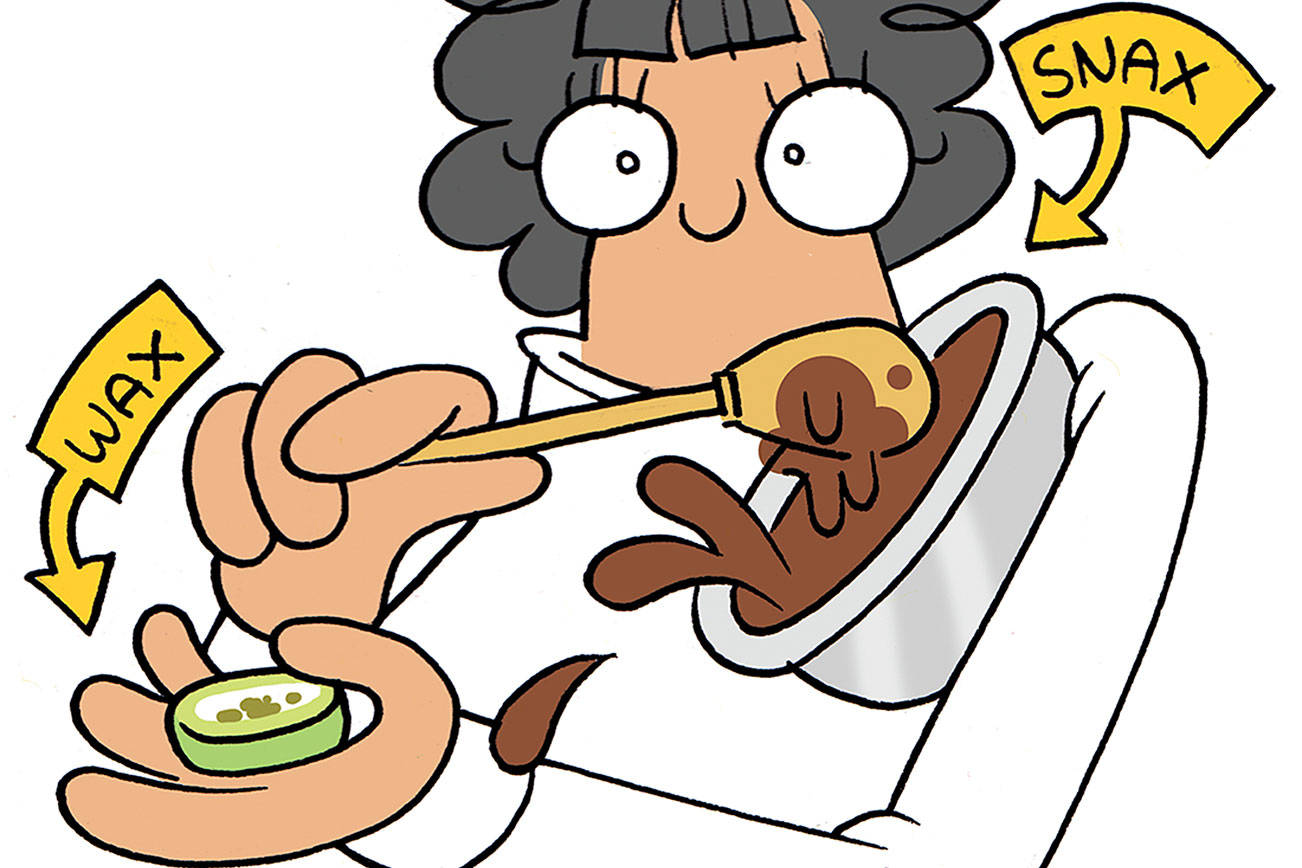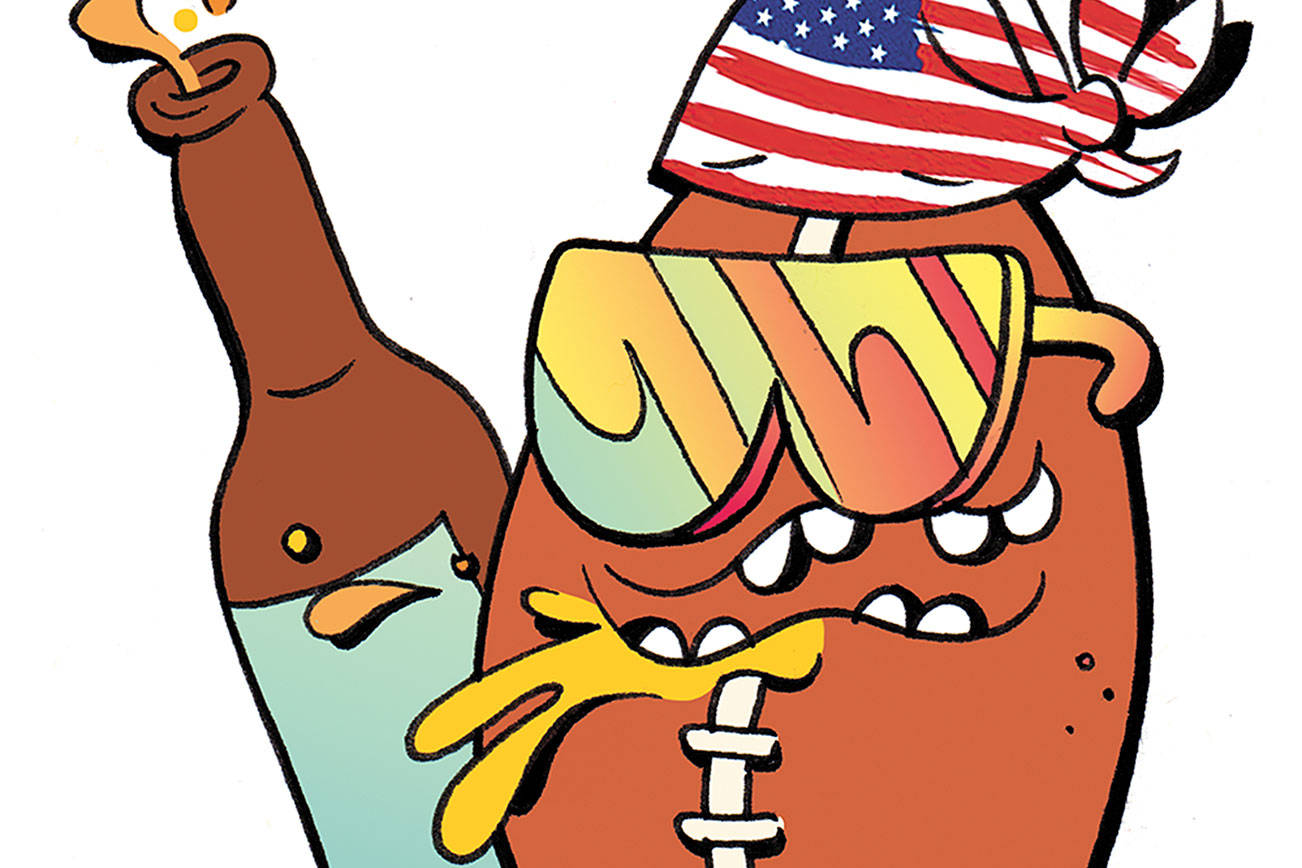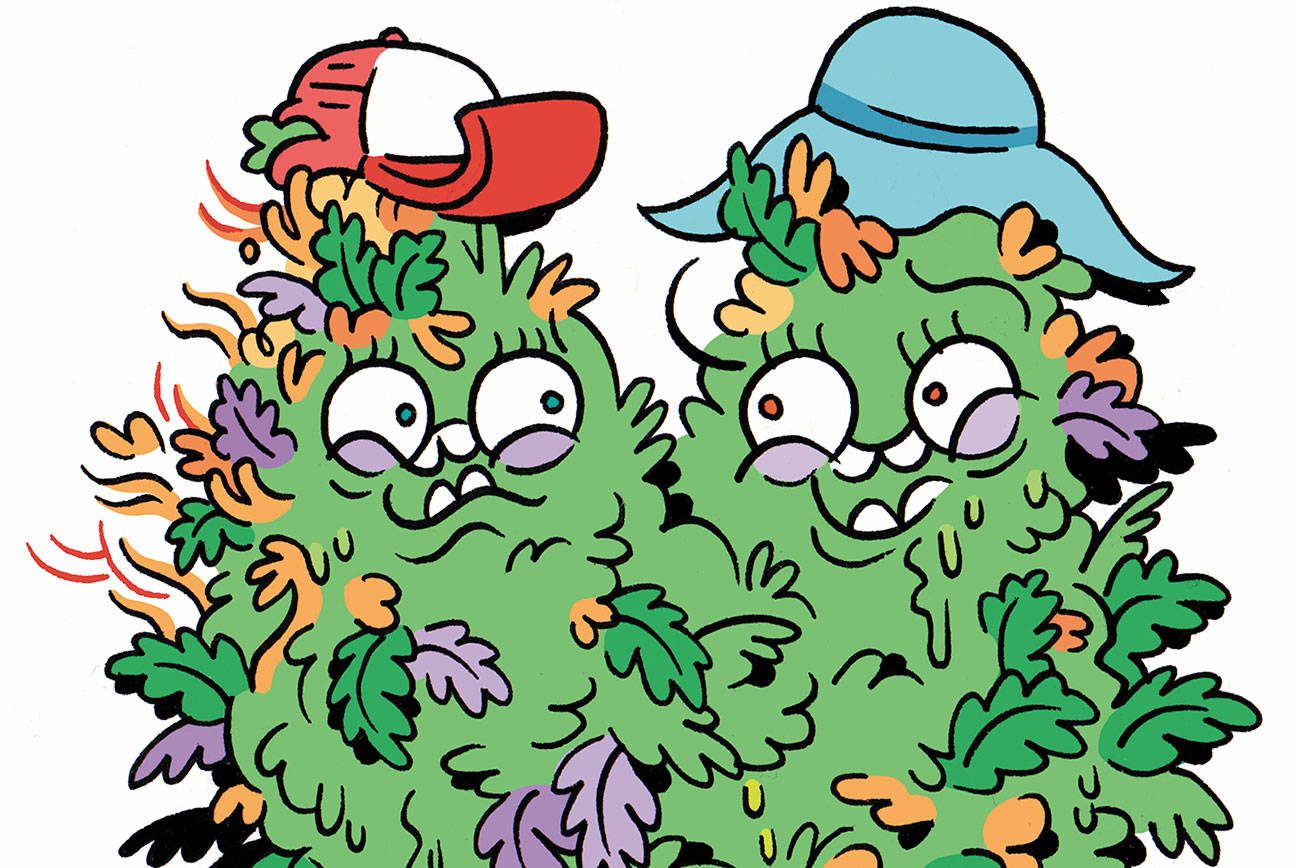After being ignored for several decades, CBD is finally getting its place in the sun, and as the recreational market matures, the opportunities to make CBDs a part of your personal health care are opening up.
But first, a primer. Short for cannabidiol, CBD is one of more than 100 phytocannabinoids found in cannabis. Every cannabinoid has a different job; some affect pain sensation and inflammation, others affect appetite and nausea, still others affect mood or memory.
For many years the focus has been on the cannabinoid THC, because this is the compound that makes people feel “high.” During the prohibition era, people focused almost exclusively on maxing out the plant’s potential to produce THC, as customers wanted the most bang for their buck. But now that laws are relaxing, we finally have the opportunity to develop relationships with all the cannabinoids the plant has to offer—and CBD, which does not get you “high,” has jumped to the front of the pack for good reason.
Heralded by some as the great panacea of the 21st century, CBD has been credited with treating or curing autism, seizures, cancer, PTSD, autoimmune disorders, cramps, PMS, and hundreds of other medical issues. Western medicine and the pharmaceutical world are filled with haters, but the number of people receiving some form of healing or relief are in the hundreds of thousands in this country alone.
So how can you integrate this amazing plant helper into your life? Start by talking with your health-care provider. Here in Washington, medical doctors, registered nurses, naturopaths, and a few other healers are legally allowed to authorize the medical use of cannabis and recommend particular strains and forms. Registering as a medicinal user is voluntary in our state, so if you’re concerned with being a documented user, you can simply get their advice and move on.
You can also talk to your local budtender. Many shops in our area pride themselves on their staff’s encyclopedic knowledge and investing in their continued education, and many of our city’s finest budtenders consider helping customers find relief the high point of their jobs.
One of my favorite resources for medical suggestions is the website Leafly.com. You can search by medical condition and desired effect to zero in on the most perfect strain and form of ingestion for your ailments. Be open to trying different methods of consumption; don’t assume you’ll be smoking your medicine, because you may find it more effective as an edible, a tincture, or even a cream to rub on.
I’m not a doctor, but my research has suggested that a few stand-out strains could be good jumping-off points for those who wish to explore the benefits of CBD. Harlequin was bred specifically to provide relief from intense pain and cramps, as well as muscle spasms like those associated with Parkinson’s disease and epilepsy. For folks experiencing anxiety, PTSD, and depression, the strain ACDC was created, and it’s especially popular with people who prefer to juice their cannabis.
Lastly, with a 5,000-year history of use, a low toxicity level, and no chance you will get high, you should feel safe and confident experimenting with CBD.
stashbox@seattleweekly.com







